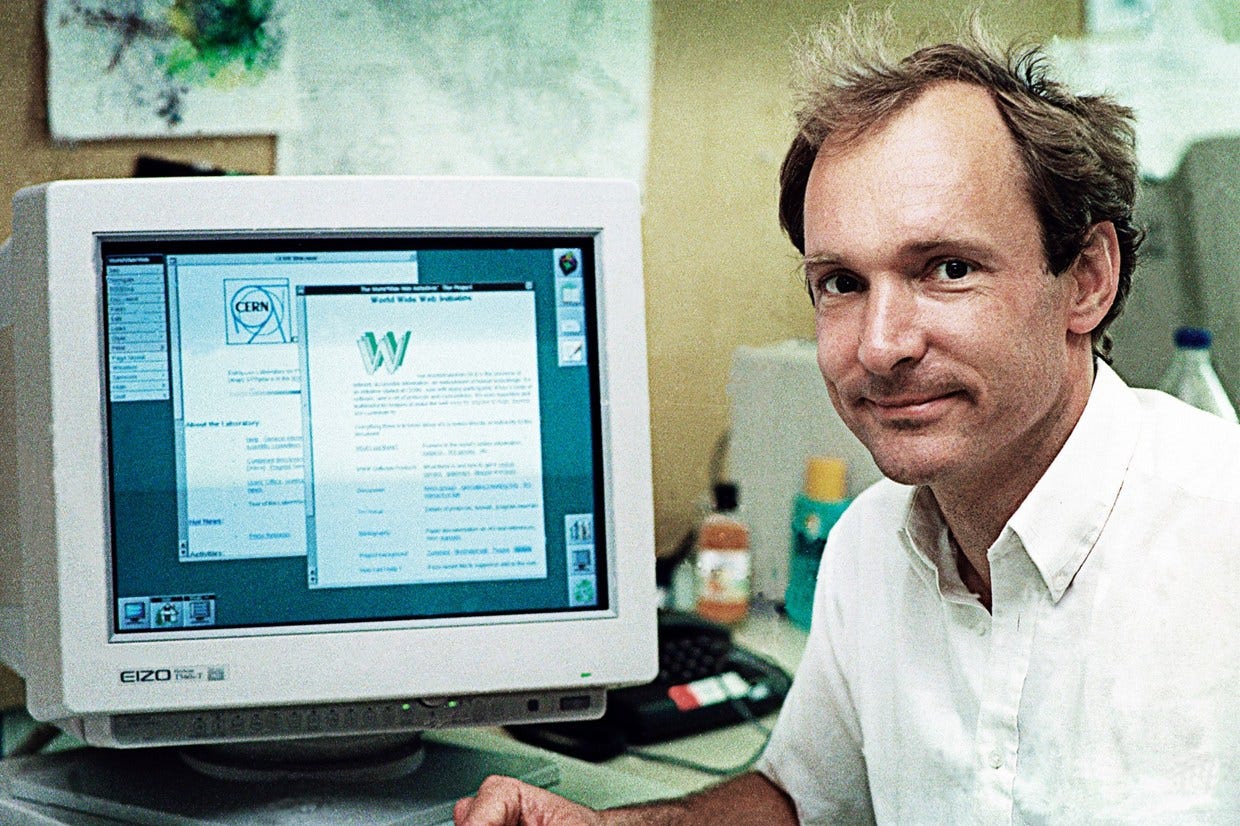On This Day in 1991, How Tim Berners Lee's First Website Changed Everything
A quiet click at CERN set the stage for a global revolution and offers enduring lessons for today’s digital creators and entrepreneurs.
When Tim Berners Lee pressed Enter at CERN (European Organization for Nuclear Research) on 6 August 1991, he could scarcely have imagined the ripple effects of his actions. He launched what is now accepted as the world’s first website, a barebones page about the web project itself, hosted at info.cern.ch. It was quiet, unceremonious, and visible only to a handful of CERN colleagues. Yet in that moment, history quietly shifted.
As someone who has spent years building businesses around the evolving internet, this milestone is deeply resonant. It underscores the power of simple ideas, executed at the right moment, to redefine entire industries.
Early roots shape future vision
Berners Lee’s journey started years before the first website. In March 1989 he submitted a proposal for a hypertext system, at first deemed "vague but exciting". Over 1990 he crafted the essential technologies, HTML, HTTP, URLs, and the first web browser and server, all running on a NeXT computer at CERN.
By December 1990, the first web page went live inside CERN, detailing the project itself. But public access didn’t arrive until Berners Lee’s announcement in a Usenet newsgroup on 6 August 1991, when he invited collaboration and released the software beyond the lab.
Publication sparks exponential growth
The first website was sparse and technical, describing how to browse, publish and deploy pages using the nascent HTML and HTTP standards. It wasn’t until the arrival of Mosaic in 1993 and Netscape Navigator shortly after that graphical browsing and widespread public adoption took off.
Crucially, in April 1993 CERN released the web software royalty free, ensuring that any organisation could adopt it. That open ethos proved catalytic.
Minimal launch, global revolution
From the vantage point of 2025, with billions of websites now online, 6 August 1991 feels almost mythical. Yet it began as a modest message into a newsgroup, unnoticed by most. No fanfare or ceremony, just the quiet placement of a link.
There is a lesson here for creators and entrepreneurs. Impact does not require spectacle in early stages. With clarity, perseverance and open sharing, small steps can generate tectonic shifts.
Lessons for the modern digital entrepreneur
Start simple, think big
Berners Lee’s first page was a basic text outline. It had no graphics, no bells, no whistles. Yet it laid out a vision of a linked, accessible web. Similarly, starting with a minimal viable product can be enough if the core idea is sound.Share to scale
Open licensing of both code and protocol lowered barriers and accelerated adoption. That decision unlocked the web’s exponential growth. In today’s world, openness, through open source, APIs or interoperable standards, can be equally transformational.Timing outweighs polish
The web launched before widespread public access to internet or graphical interfaces existed. The moment was captured not by perfection but by readiness. Entrepreneurs should recognise windows of opportunity and act promptly rather than chasing an ideal.Foundational architecture matters
Berners Lee didn’t just build a site, he established standards, HTML, URL, HTTP, that endure. When designing systems or products, architects should plan for extensibility, compatibility and longevity.
Why this story matters to me
Having built and scaled internet centric ventures, I have seen how platforms bloom when barriers are low, and how the economy of communication depends on simple protocols operating at scale. That first website exemplifies those qualities.
It wasn’t the complexity that won, it was the inclusivity. By making the technology freely available and easy to adopt, Berners Lee seeded an ecosystem that would power commerce, learning, community and innovation worldwide.
Why On This Day still matters
Each date in history offers a lens on what’s possible. On 6 August 1991, a quiet moment in a Swiss research lab delivered nothing less than the architecture of global interconnection. It reminds us that history favours those who build upon simple ideas, share generously and persist.
By revisiting such origins, especially in the internet era, we can reconnect with values that feel ever more necessary, openness, clarity, universality.
In the relentless pace of digital change, it is tempting to idolise complexity. Yet the web’s origin story reminds us that a single keystroke, paired with humility and generosity, can alter everything. On 6 August 1991, Tim Berners Lee did not just publish a page, he opened a door. As a writer and internet entrepreneur, I hold that day as proof that modest beginnings can become monumental change.


